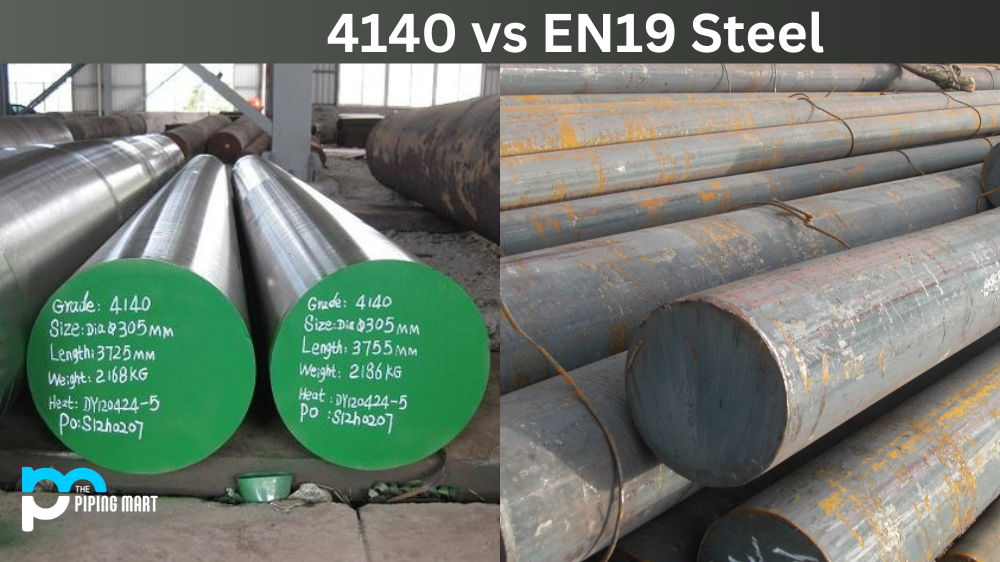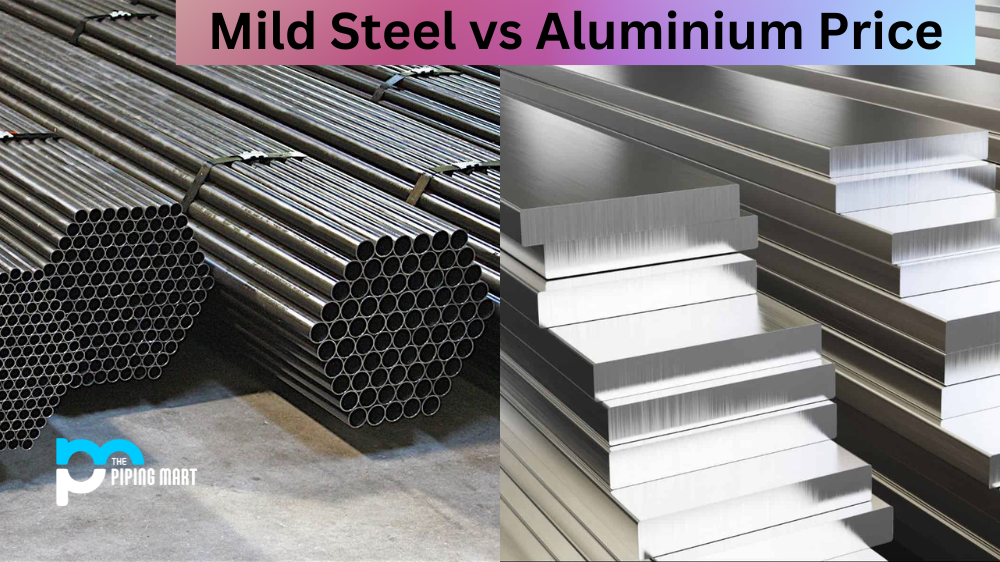Steel is one of the most widely used materials in the world, and when it comes to industrial applications, choosing the right type of steel is crucial. Two popular steel types commonly used in production and manufacturing are 4140 and EN 19. Despite their many similarities, there are some fundamental differences between the two. In this blog post, we’ll take a closer look at the key differences and learn more about the benefits and characteristics of each type.
Difference Between 4140 and EN19
4140 is a chromium-molybdenum alloy steel with high strength and hardness, good toughness, and excellent wear resistance. It is often used in applications requiring strength and durability, such as gears, shafts, and fasteners. EN19 is a chromium-molybdenum alloy steel with similar properties to 4140 but higher carbon content. This results in EN19 having higher strength and hardness than 4140.
Composition
The primary difference between 4140 and EN 19 steel lies in their composition. 4140 is a low-alloy steel containing chromium, molybdenum, and manganese. These elements give it high strength, toughness, and wear resistance. On the other hand, EN 19 steel is an alloy made up of chromium, molybdenum, and nickel. These elements also give it high strength and toughness but are generally considered more corrosion-resistant than 4140 steel.
Surface Hardness
Another critical difference between these two types of steel is their surface hardness. 4140 steel has a surface hardness of approximately 30-36 HRC, while EN 19 steel has a slightly higher surface hardness of around 35-40 HRC. EN 19 steel is somewhat more complicated and can provide better wear resistance.
Machinability
Both 4140 and EN 19 steel are machinable, but 4140 steel is generally considered more difficult to machine due to its higher carbon content. However, with the right cutting tools and techniques, both types of steel can be machined effectively.
Applications
Both 4140 and EN 19 steel are commonly used in various applications. 4140 steel is often used in gears, shafts, bolts, and other high-stress components. EN 19 steel is widely used in the oil and gas industry, engineering, and automotive applications. Its corrosion-resistant properties make it well-suited for use in harsh environments.
Cost
Regarding cost, both 4140 and EN 19 steel are relatively affordable compared to other types of steel. However, 4140 steel is generally considered more expensive due to its higher chromium and molybdenum content.
Properties
4140 has high strength and hardness, good toughness, and excellent wear resistance. EN19 has higher strength and hardness than 4140 due to its higher carbon content. Both steels are suitable for applications where strength and durability are required.
Heat Treatment
4140 can be heat treated to achieve various properties depending on the desired application. For example, it can be heat treated to increase hardness and strength or to improve toughness or wear resistance. EN19 cannot be heat treated as quickly as 4140 due to its higher carbon content. However, it can be heat treated to improve its properties if the desired application requires it.
Conclusion
In conclusion, while 4140 and EN 19 steel share many similarities, they also have key differences that make them better suited for different applications. Ultimately, the choice between these two types of steel will depend on the specific needs of your project. Understanding each type’s composition, surface hardness, machinability, applications, and cost can help you decide and choose the best material for your project.

Hey, I’m Krutik, a casual blogger expert in the metal industry. I am passionate about providing valuable information to my readers. With a background in engineering and construction, I like playing Cricket & watching Netflix shows in my free time. Thank you for visiting my blog, and I hope you find my information helpful!




